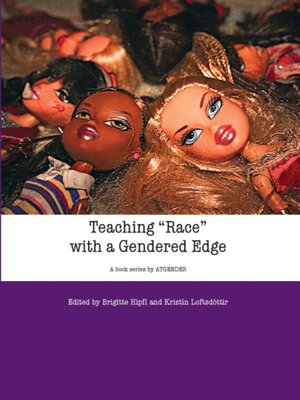
Sign up to save your library
With an OverDrive account, you can save your favorite libraries for at-a-glance information about availability. Find out more about OverDrive accounts.
Find this title in Libby, the library reading app by OverDrive.



Search for a digital library with this title
Title found at these libraries:
| Library Name | Distance |
|---|---|
| Loading... |
How to deal with gender, women, gender roles, feminism and gender equality in teaching practices? Following in the footsteps of the ATHENA thematic network, ATGENDER brings together specialists in women's and gender studies, feminist research, women's rights, gender equality and diversity. In the book series 'Teaching with Gender' the partners in this network have collected articles on a wide range of teaching practices in the field of gender. The books in this series address challenges and possibilities of teaching about women and gender in a wide range of educational contexts. The authors discuss pedagogical, theoretical and political dimensions of learning and teaching about women and gender. The books contain teaching material, reflections on feminist pedagogies, and practical discussions about the development of gender-sensitive curricula in specific fields. All books address the crucial aspects of education in Europe today: increasing international mobility, the growing importance of interdisciplinarity, and the many practices of life-long learning and training that take place outside the traditional programmes of higher education. These books will be indispensable tools for educators who take seriously the challenge of teaching with gender. Teaching "Race" with a Gendered Edge responds to the need to approach the idea of race from a feminist perspective. This collection of essays aims to broaden our understanding of both race and gender by highlighting the intersections and intertwinedness of race, gender, and other axes of inequality. The book also points to the importance of taking colonial legacies into account when it comes to the understanding of contemporary forms of racisms. In an increasingly globalised and interconnected world this perspective is essential for understanding the dynamics of identity politics but also for pointing towards possible ways of intervention and change.
The essays in the book discuss historically contextualised examples of the intersections of race and gender from different localities in Europe and beyond and provide readers with a rich body of resources and teaching material.







